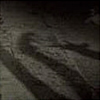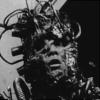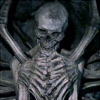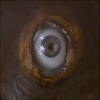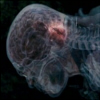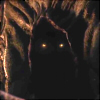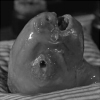
By Jonathan Wojcik
ENTRY 15: AMULET
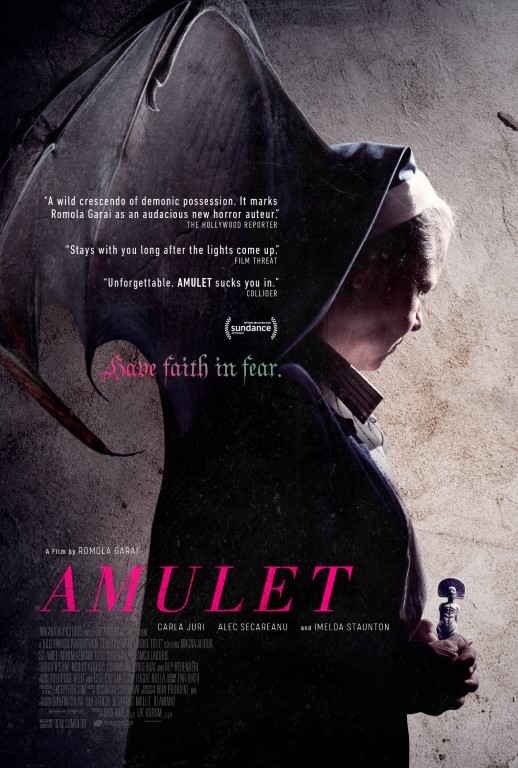
Amulet released in 2020, which feels like either ten years or four days ago, I'm not sure, but it's the feature length debut of writer, director and actress Romola Garai.
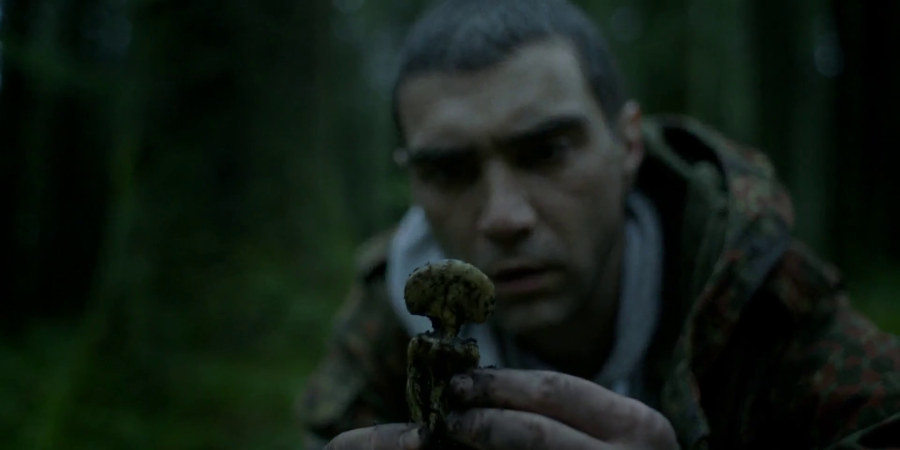
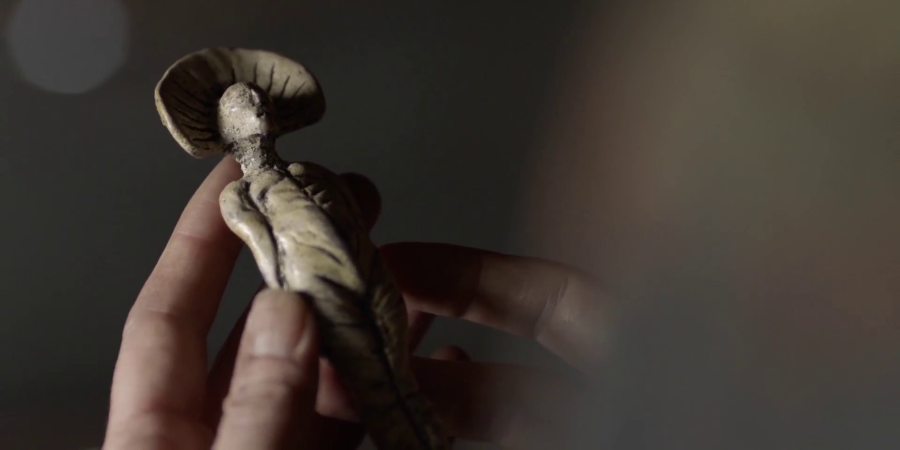
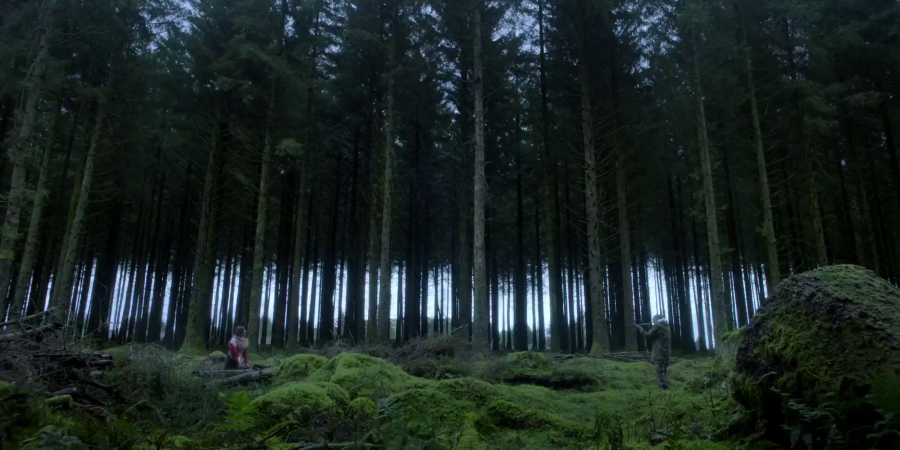
The protagonist is a man named Tomaz (Alec Secareanu) whom we first see discovering a weird amulet buried in the forest, which is soon revealed to be a flashback to his time as a soldier tasked with guardian his country's border. In the present day, he lives in squalor among other refugees in London, until their run-down shelter is burned down in an act of vandalism. As he loses consciousness, he flashes back again to when a woman, Miriam (Angeliki Papoulia) came running to his border station, a situation in which he was under strict orders to use deadly force, but found himself unable to pull the trigger.
He awakens in the Hospital, learning that he was found unconscious in an alley with his only money missing. He was supposedly rescued by a nun, Sister Claire (Imelda Staunton) who continues to visit with him, offers to help him get on his feet and eventually sets him up with a modest job: assisting a woman, Magda (Carla Juri) with the upkeep of the very large, very old house where she cares for her elderly mother.
...The director knew we'd already be highly suspicious of this entire situation, and doesn't hide from us that something's seriously wrong as we see Sister Claire with Tomaz's missing cash, tossing it straight into a sewer.
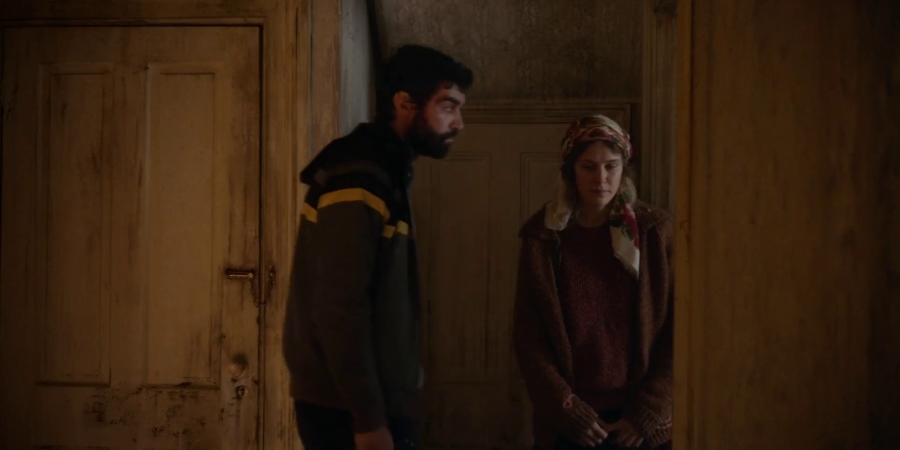
Magda and Tomaz are initially both uncomfortable with the impromptu living arrangement, but Tomaz does his best to clean and repair the home while she tends to her mother. The fact that she never actually introduces her mother to Tomaz raises some alarm bells of course, and so does the glimpse he gets of nasty-looking teeth marks on Magda's arm.
Tomaz continues having flashbacks to his past with Miriam, whom he hid from his country's authorities and provided shelter at his lonely outpost, obviously beginning to fall for her as time went on. He even shares with her the strange artifact he had uncovered, which they both agree is beautiful. Between these memories, he makes progress with both the house and with his housemate; in fact, the initial tension between him and Magda seems to be dissolving into something quite the opposite.
Then, one day, his real problems begin when he finds the toilet bat.
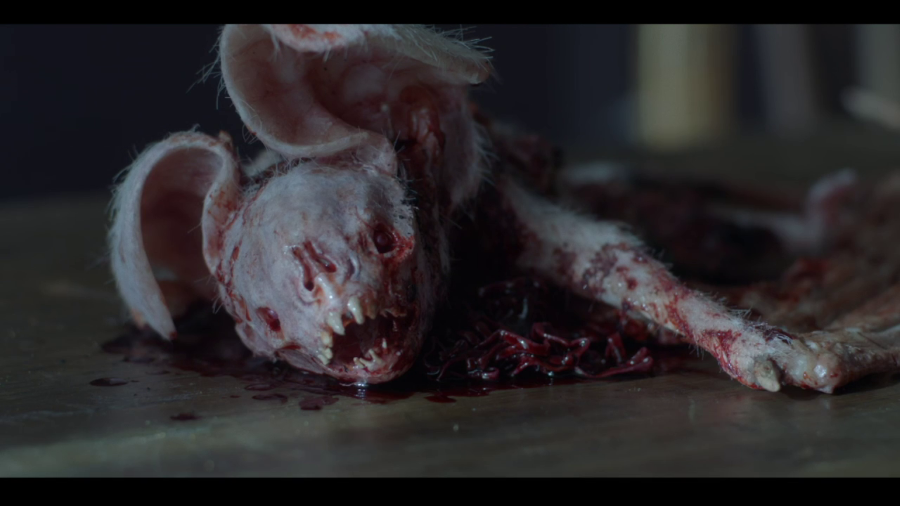
You or I would probably recognize that this hairless, long-tailed monster is no normal, documented bat species, especially when its seemingly long drowned corpse momentarily springs to life and gives Tomaz a nasty bite. Unfortunately, both he and Magda seem largely uneducated in the field of Chiropterology, and Magda does not indicate having ever seen anything like the creature before. Is it even a spoiler to say that she's a big
fibber? FIBBER.
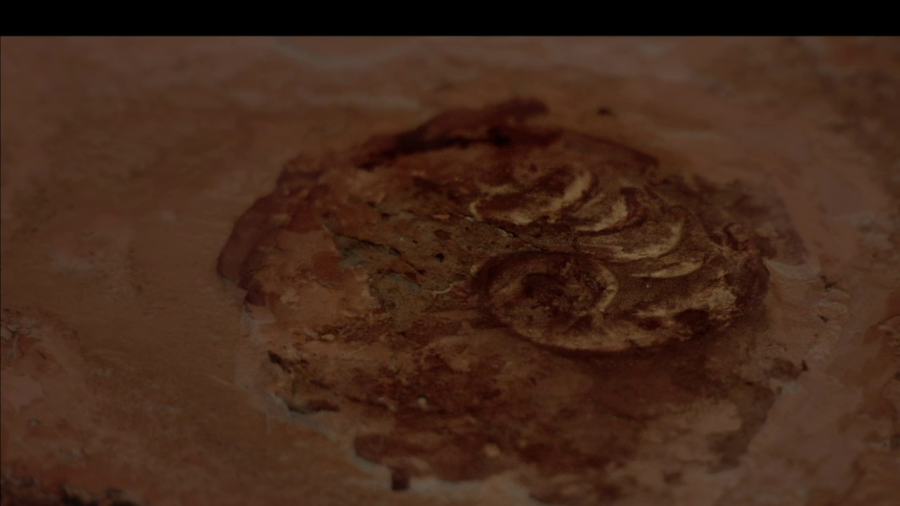
Life goes on with minimal oddities, except for when Tomaz uncovers a stony, spiral object - a fossil shell of some sort - embedded in the ceiling, and it seems to mess with his head. He does more housework, gets friendlier with Magda and has a few more flashbacks of his love affair with a refugee, until at last he "meets" the elder lady of the house, by which we mean he discovers that she lives like a filthy animal locked away in the attic and even physically attacks her own daughter.
Horrified by the situation but highly protective of Magda, Tomaz gets her out of the house for a night of drinking and dancing before they must return and confront their problem, a problem which is of course much, much worse than Tomaz actually imagined. since the next time he sees the old lady she is writhing in agony, gushing blood as she
births one of the bat-things.
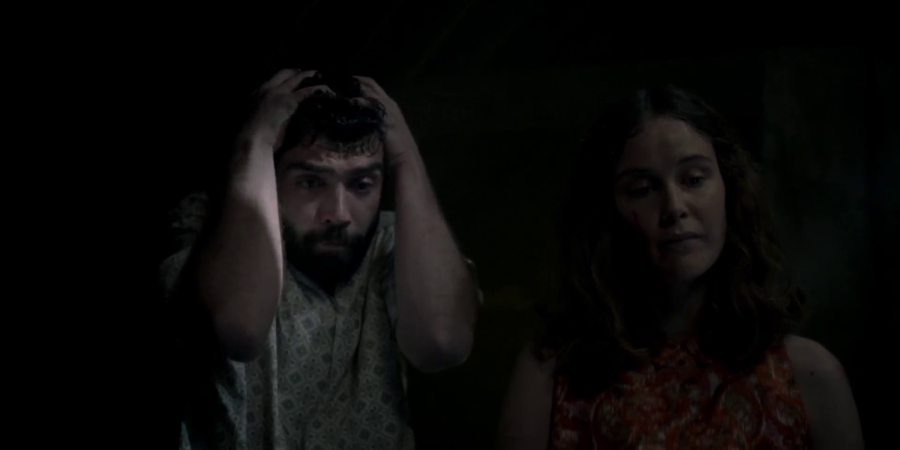
An unfazed Magda indicates that this is all routine, and the nasty little things just need to be quickly disposed of.
Tomaz goes to Claire for help, and the nun also turns out to have known all along; the mother isn't really Magda's mother or even human at all, but a demonic entity that she and Magda must keep imprisoned. Irrationally determined to play hero, Tomaz resolves to kill the demon himself and free the woman he's fallen in love with from her servitude. This does not go well, to say the least; he returns to the house, grapples with the "demon" and stabs her to death, but not before it takes a nice big bite of him.
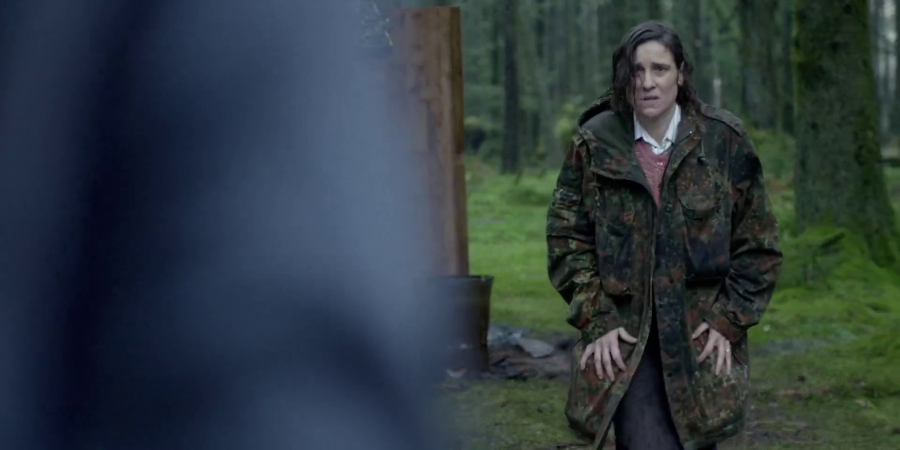
This is when Tomaz has his final flashback to his time with Miriam. He had become as protective of her then as he now feels for Magda...but also just as
possessive. We discover that she eventually attempted to leave him to go back for her young daughter, only for Tomaz to chase after her through the forest, catch up to her and do something you may be glad happens off-screen, suffice to say that we next see Miriam in tears and that any sympathy the narrative or the audience has built up for Tomaz should be obliterated once you've connected the dots.
When Tomaz recovers from this flashback, he continues his battle with the still-living demon and manages to decapitate his adversary, but discovers that the host body was neither Magda's mother
nor entirely a demon, but something possessing the former owner of the house, a man who had murdered his wife in order to sleep with their own child. Magda has been able to pass him off as her own dead mother thanks to his unrecognizably deteriorated, nearly corpsen state over many years of maddening torture and confinement.
Following this revelation, Tomaz has a fantastically strange hallucination...or is it all terribly real? Some of certainly is, but the rest is up to you...
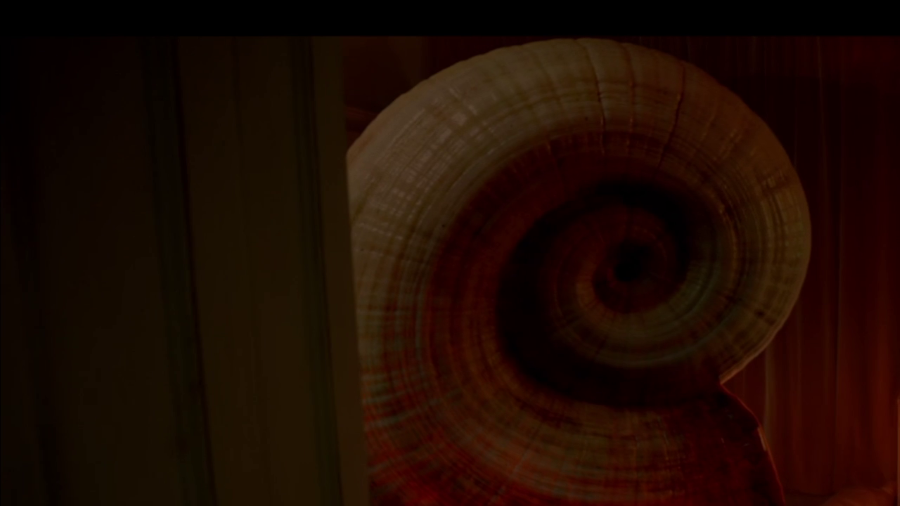
In a hazy stupor, Tomaz opens a doorway in the house to find a tremendous, fossil ammonite shell, weird colors pulsing on its warm surface. He is compelled to climb inside the shell's opening, where he finds a luminous tunnel of pulsating, gelatinous pink flesh.
Subtle. At the end of this tunnel he is stricken with a mix of awe and terror, tears streaming down his face as he lays eyes upon
this:
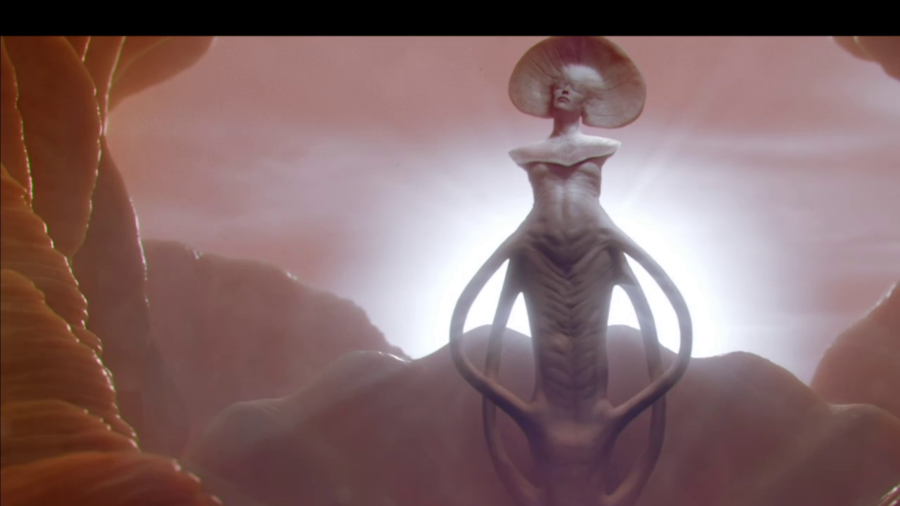
The hovering, alien figure is a flesh-and-blood version of the amulet he had unearthed long, long ago, and it asks him why he's so afraid if he once called her "beautiful." He begins to retch, doubling over in agony as he is pulled from the shell by a more sinister, more casually dressed Claire, evidently never a real nun at all. As something begins to push from the inside of the man's stomach, we now know that his purpose from the start was to become the entity's next flesh-vessel, and we all know exactly what's forming in his body.
Tomaz is, however, permitted to choose his own caretaker, and calls out pitifully for Magda.
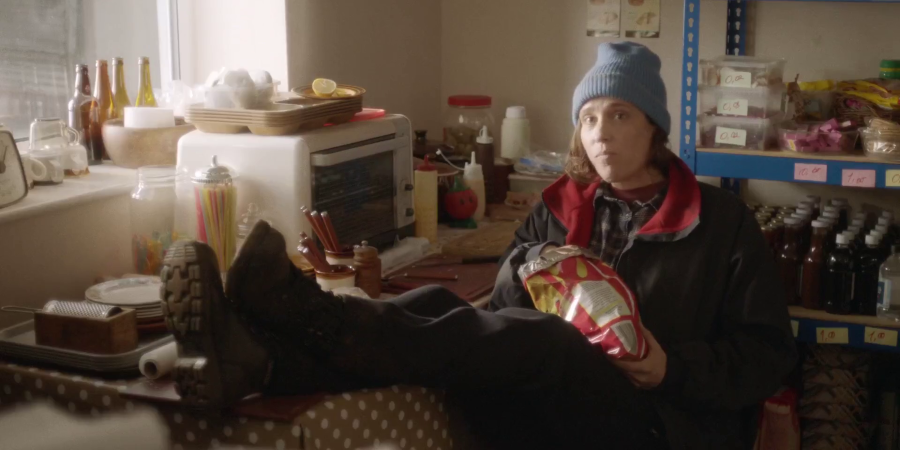
In our final scene, Magda checks up on a friend of hers: none other than an older, wiser Miriam, well acclimated as a citizen of London and working a stable job at a convenience store to support her daughter. As Magda drives away, she throws a snacks to a now perpetually weak and sickly Tomaz, curled up helpless in the backseat.
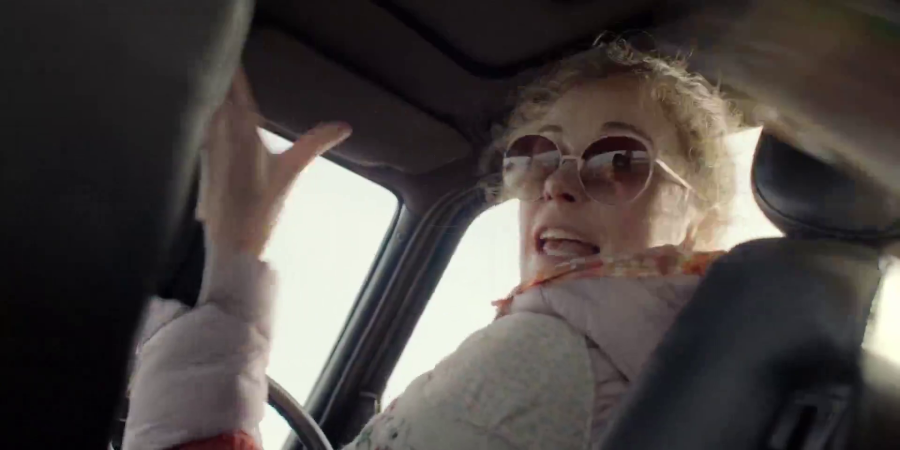
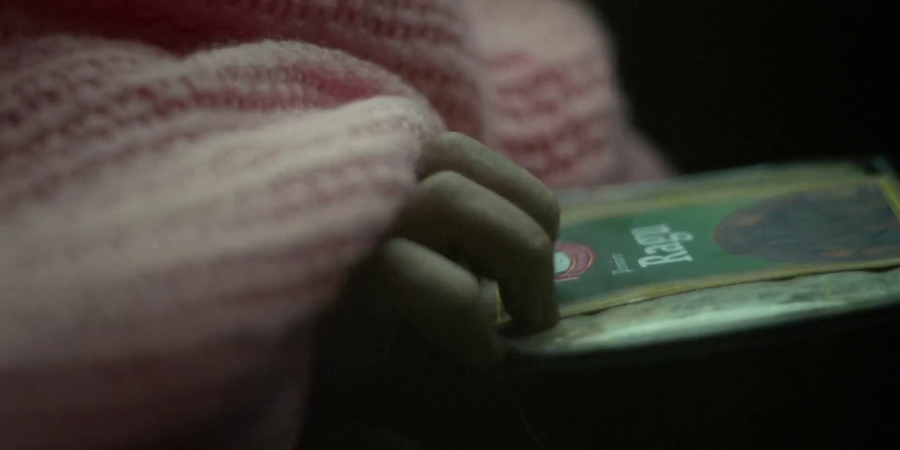
ENJOY YOUR RAGU LOL
MONSTER ANALYSIS: THE GODDESS
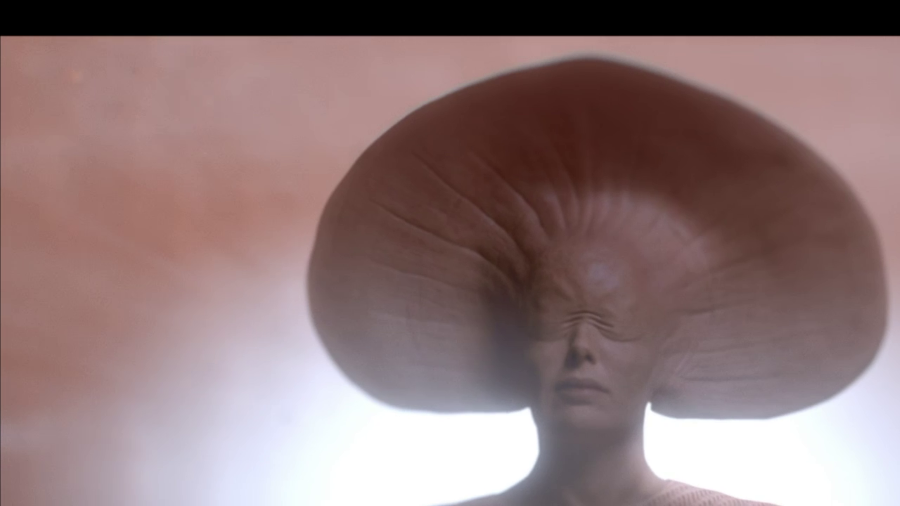
Amulet comes in disguise as a traditional supernatural horror story with what appears at first like a clear divide between its victims and its victimizers; we're deliberately set up to sympathize with and root for Tomaz, a man we believe has lost someone he selflessly protected, and is now threatened by forces (both human and inhuman) seemingly beyond his control. A nice, well meaning guy who just wants to help the women he comes to believe are held captive by a malevolent entity.
But Tomaz is
not a good person, it's not the women who are the captives in their situation, and technically speaking, there
isn't any demon. Not exactly. Well, there are "demons," but, we'll get to that later.
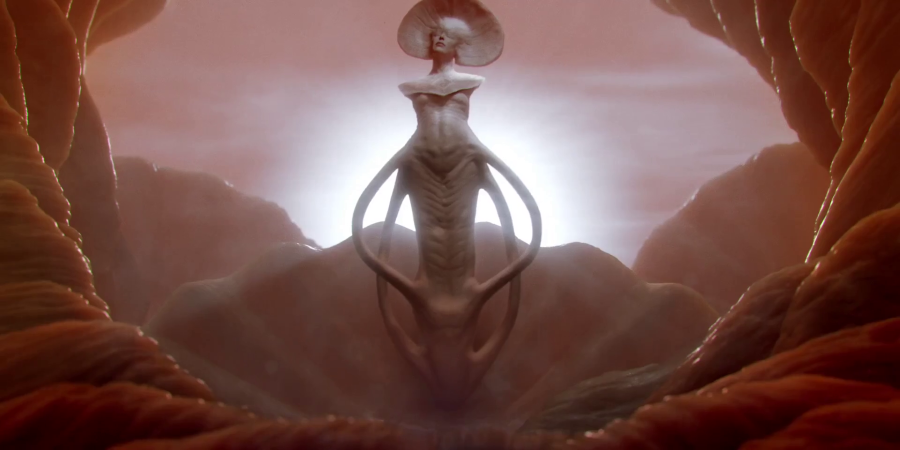
First, design of the Goddess is fantastically surreal and haunting; she has a humanlike head and upper torso, more or less, but a clamshell-like crest encircles her head, blending into smooth flesh that covers over her eyes. A bony shield covers her upper chest and shoulders, but she has no arms at all, while the rest of her torso is a wrinkled and alien one, with a swollen stomach and a broad, flat "tail" or "trunk" instead of legs, ending in a rounded nub. Finally, four long tubes of skin sprout from her hips, curving down and connecting back into her mermaid-like trunk. Through the portal of the ammonite shell, we see this eerie figure hovering in a bright, heavenly landscape of what appear to be huge, pinkish-orange scallop-shells.
She may be alien, but she's just serene and angelic enough that she does not appear terribly menacing, and by now, we know that the only people she has harmed are guilty of unspeakable deeds they have never atoned for. So what is she, exactly? Why so much connection to
mollusks? And what does she have to do with the "bats?"
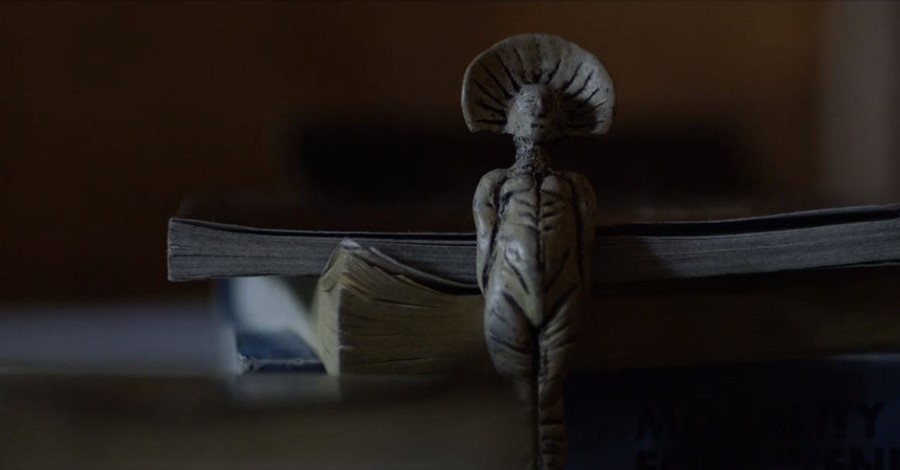
"Magda" isn't just the name of Tomaz's landlady and love interest, but the name of the ancient Goddess herself. Human-Magda is described by the director as a "handler," someone selected by the Goddess to carry out her Earthly will, but this is one of only two human vassals she requires. The other - the position Tomaz is forced to take by the end of the film - whose purpose is, in her own words, a kind of "
waste pipe." The "bats" are effectively demons in the sense that they are flesh forms given to pure evil; an impurity that the goddess must continuously expel into the physical world to maintain her balance.
Both are selected by the goddess from those who deserve either her gift or her punishment, and it seems that the "waste pipe" is traditionally chosen from someone who has committed sexual violence, while the "handler" is implied to always be someone who has been on the receiving end of such. The amulet itself, the clay figurine, finds its way to whomever is next destined to take up either mantle, and in that final encounter, "Magda" passes it on to Miriam, who immediately remembers where she first encountered it, and accepts it as though she already knows its true significance.
Garai admits that what Magda does is not necessarily "right," that there may be ways for someone to atone for even the worst deeds without pushing imps out of their guts for the rest of their lives, but Magda - both the human and the goddess - aren't really beings of simple, easy good and evil. They are beings of
revenge, and it's not that the movie is endorsing revenge as the answer, but it
is seeking to challenge the concept of forgiveness and the audience's desire to always see redemption, which Garai feels (understandably) are often over-emphasized as a high ground victims themselves are expected to take.
NAVIGATION:

